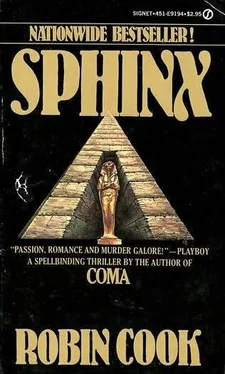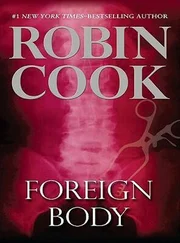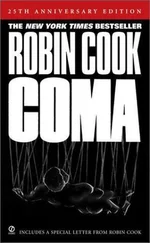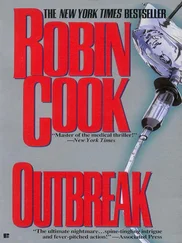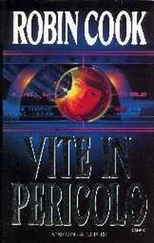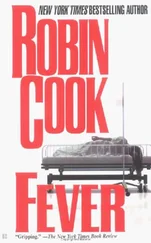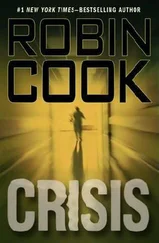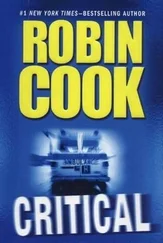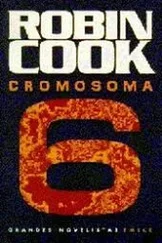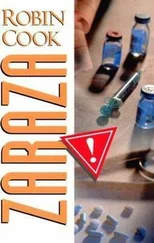“Is this guy serious?” asked Richard. “He wants to sell some scarabs.”
“Undoubtedly they are fake,” said Erica, not pausing from her work to look up.
Richard picked one of the scarabs from Talat’s open palm.
“One pound,” said Talat. He was getting nervous.
“Erica, take a look at this. It’s a good-looking little scarab. This guy’s got balls, carrying on business here.”
“Richard, you can buy scarabs all over the place. Maybe you should wander around the museum while I get this work done.” She looked up at him to see how he’d taken her suggestion, but he wasn’t listening. He’d taken the other scarab from Talat.
“Richard,” said Erica, “don’t get fooled by the first peddler you meet. Let me see one.” She took one of the artifacts and turned it over to read the hieroglyphics on the underside. “My God,” she said.
“Do you think it’s real?” queried Richard.
“No, it’s not real, but it’s a clever fake. Too clever. It has the cartouche of Tutankhamen. I think I know who made it. Abdul Hamdi’s son. Amazing.”
Erica bought the scarab from Talat for twenty-five piasters and then sent the boy away. “I already have one made by Hamdi’s son with Seti I’s name on it.” Erica made a mental note to get the fake scarab back from Yvon. “I wonder what other pharaohs’ names he uses.”
On Erica’s insistence they went back to the articles. Richard picked up several reprints. There was silence for a half-hour. “This is the driest stuff I’ve ever read,” said Richard finally, tossing an article onto the table. “And I thought that pathology was dull. God.”
“It has to be put into context,” said Erica condescendingly. “What you’re looking at are bits and pieces that are being assembled about a powerful person who lived three thousand years ago.”
“Well, if there was a little more action in these articles, it would be a lot easier.” Richard laughed.
“Seti I reigned soon after the pharaoh who tried to change the Egyptian religion to monotheism,” Erica said, ignoring Richard’s comment. “His name was Akhenaten. The country had been plunged into chaos. Seti changed that. He was a strong ruler who managed to restore stability at home and through most of the empire. He assumed power around age thirty and ruled for approximately fifteen years. Except for some of his battles in Palestine and Libya, very few details are known about him, which is unfortunate, because he reigned during a very interesting time in Egyptian history. I’m talking about a period a little over fifty years long, from Akhenaten through Seti I. It must have been a fascinating era, full of turmoil, upheaval, and emotion. It’s just so frustrating that we don’t know more.” Erica tapped the stacks of reprints. “It was during that time that Tutankhamen ruled. And strangely enough, there was one huge disappointment in the discovery of Tutankhamen’s magnificent tomb. Despite all the treasures that were found, there were no historical documents. Not a single papyrus was found! Not one!”
Richard shrugged.
Erica realized he was trying, but he couldn’t share her excitement. She turned back to the table. “Let’s see what’s in the other folder,” she said, and slid the contents of “Seti I, B,” onto the table.
Richard perked up. There were dozens of photographs of the mummy of Seti I, including photos of X rays, a modified autopsy report, and several more reprinted articles.
“God,” said Richard, feigning a horrified expression. He picked up a photo of the face of Seti I. “This looks as bad as my cadaver in first-year anatomy.”
“It does horrify at first, but the longer you look at it, the more serene it seems.”
“Come on, Erica, it looks like a ghoul. Serene? Give me a break.” Richard picked up the autopsy report and started reading.
Erica found a full-body X ray. It looked like a Halloween skeleton with the arms crossed on the chest. But she studied it just the same. Suddenly she realized that something was strange. The arms were crossed, like all the mummies of the pharaohs, but the hands were open, not clenched. The fingers were extended. The other pharaohs had all been buried clutching the flail and the scepter, the insignia of office. But not Seti I. Erica tried to understand why.
“This is not an autopsy,” said Richard, interrupting her thoughts. “I mean, they had no internal organs. Just a shell of a body. When a post is done, the shell is only cursorily examined, unless there is some specific indication. The autopsy is really the microscopic examination of the internal organs. Here all they did was take a little bit of muscle and skin.” He took the X-ray photo from Erica and held it at arm’s length to examine it. “Lungs are clear,” said Richard, laughing. Erica didn’t get it, so Richard explained that since the lungs had been removed in antiquity, the X ray showed the chest clear. It didn’t sound so funny when he explained, and his laughter trailed off. Erica looked over Richard’s arm at the photo. Seti I’s open hands still bothered her. Something told her they were significant.
There were two printed cards in the large glass case. To pass the time Khalifa bent down to read them. One card was old and said: “Gold Throne of Tutankhamen, circa 1355 B.C.” The other card was new and said: “Temporarily Removed as Part of World Tour of Tutankhamen’s Treasures.” From where Khalifa was standing, he had a full view of Erica and Richard through the empty display case. Normally he would never approach a quarry so closely, but he was now intrigued. He’d never been on such an assignment. The day before, he’d felt that he saved Erica from certain destruction, only to be lambasted by Yvon de Margeau. De Margeau had told him he’d nailed a measly civil servant. But Khalifa knew better. The civil servant had been stalking Erica, and there was something about this fresh American woman that intrigued Khalifa. He sensed big money. If de Margeau had been as mad as he sounded, he would have fired him. But he’d kept him on the two-hundred-dollar-a-day payroll and stashed him at the Scheherazade Hotel. And now there was a new development that complicated the scene: a boyfriend named Richard. Khalifa knew that the boyfriend did not please Yvon, although the Frenchman had told him he did not believe Richard was a threat to Erica. But Yvon did tell Khalifa to be on guard, and Khalifa wondered if he should take it upon himself to get rid of Richard.
As Erica and Richard moved to the next exhibit, Khalifa stepped behind another empty case with a “Temporarily removed…” card. Hiding behind his open guidebook, he tried to catch the conversation. All he got was something about the wealth of one of the great pharaohs. But that also sounded like money talk to Khalifa, and he pressed closer. He liked the feeling of excitement and danger the proximity afforded, even though it was only imaginary danger. There was no way these people were an actual threat to him. He could kill them both in two seconds. In fact, the idea turned him on.
“Most of the really exquisite pieces are on exhibit in New York,” said Erica, “but look at that pendant there.” She pointed, and Richard yawned. “All this was buried with insignificant Tutankhamen. Try to imagine what was buried with Seti I.”
“I can’t,” said Richard, shifting his weight onto his other foot.
Erica looked up, sensing his boredom. “Okay,” she said consolingly. “You’ve been pretty good. Let’s head back to the hotel for a bite of lunch and see if I’ve gotten any messages. Then we’ll walk into the bazaar.”
Khalifa watched Erica walk away, enjoying the tight curve of her jeans. His thoughts of violence merged with others more intimate and salacious.
Читать дальше
